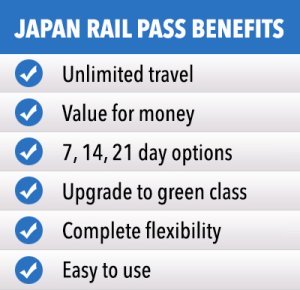7 Day Pass Japan Essentials Itinerary
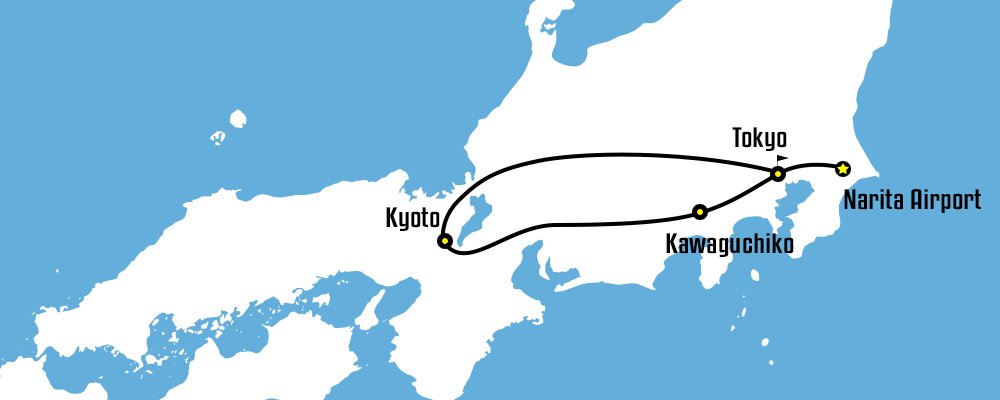
Having a 7-day Japan Rail Pass offers convenience and flexibility when it comes to travelling around Japan via the Shinkansen and JR trains. Here is a 7-day sample itinerary if you are thinking of getting the Pass for your next trip to Japan:
Day 1: Narita Airport to Tokyo
From Narita Airport, go to Tokyo via the Narita Express, which is fully covered by the Japan Rail Pass. So, after passing through immigration and customs, look for the Japan Rail Ticket Center, where you can exchange your JR Pass voucher for the actual Pass. Activate the Pass that day and secure a seat reservation on the Narita Express. The travel time between the airport and central Tokyo is about 1 hour.

Shibuya Crossing
Day 2: Tokyo
Downtown Tokyo can be accessed via the JR Network (Yamanote, Keihin Tohoku and Chuo Lines) and is home to a wide array of historical and modern attractions that include the following: Imperial Palace East Gardens (a large, spacious public park within the inner palace grounds); Koishikawa Korakuen (recognised as one of the best and oldest Japanese gardens); and Tokyo Dome (an entertainment complex that consists of an amusement park, several restaurants and shops, the Tokyo Dome baseball Stadium, and more).
If you love shopping, Ginza (for high-end boutiques, department stores, restaurants, cafes and clubs) and Akihabara (for electronics and manga/anime merchandise) are a few train stops away.
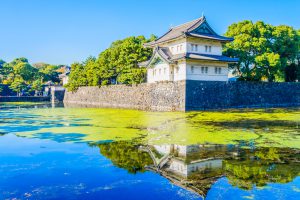
Imperial Palace
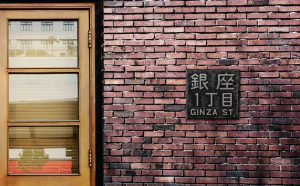
Ginza Street
Day 3: Tokyo to Kawaguchiko
The JR Pass can cover only a portion of your trip from Tokyo to Kawaguchiko, and that is the leg from Shinjuku Station to Otsuki Station via the JR Chuo Line. The trip takes about 1 hour and 10 minutes. Then, at Otsuki Station, take the privately-operated Fujikyu Railway to Kawaguchiko Station. This trip takes about 1 hour and the fare costs around 1,500 yen.
Kawaguchiko is known for its scenic views of Mt Fuji, especially when the weather is clear. In addition, it has numerous other attractions, including museums (Kubota Itchiku Museum, Kawaguchiko Museum of Art, Kawaguchiko Music Forest and Herb Hall); bath houses (Tensui Kawaguchiko, Kaiun no Yu and Hotel Mifujien); and the Kachi Kachi Ropeway, which offers panoramic views of Mt Fuji, Lake Kawaguchiko and the surroundings.
Day 4: Kawaguchiko to Kyoto
To travel to Kyoto from Kawaguchiko, take the Fujikyu Railway Line back to Otsuki Station. This part of the trip is not covered by the JR Pass, so be prepared to pay about 1,500 yen for the 1-hour journey. From Otsuki Station, using your JR Pass, take the Limited Express Kaiji train to Tokyo Station and then transfer to a Shinkansen headed to Kyoto. This leg takes about 4.5 hours.
On your first day in Kyoto, some of the must-sees are the Kyoto Imperial Palace, Nijo Castle, Kyoto Tower and International Manga Museum, all of which are located in the city centre.
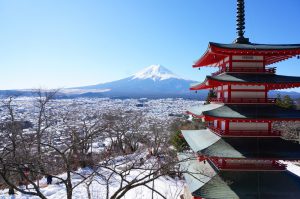
Mount Fuji
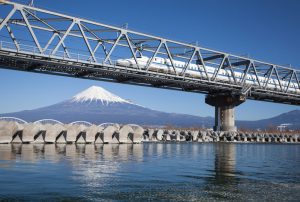
Day 5: Kyoto
With so many attractions on offer, you should allocate one entire day to explore the Arashiyama district of Kyoto. Found in the western part of the city, it is home to the famous Bamboo Groves, Togetsukyo Bridge, Monkey Park Iwatayama, Saga Scenic Railway and several important temples (Tenryuji, Daikakuji, Jojjakoji and Gioji).
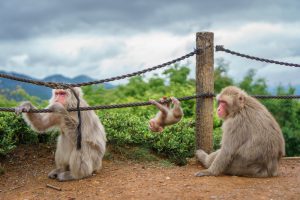
Monkey family playing in Arashiyama mountain
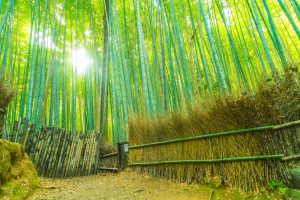
Bamboo forest at Arashiyama
Day 6: Kyoto
Hiking up the Fushimi Inari Shrine at around 6 in the morning is a good way to begin another day in Kyoto. A round trip takes about 2 to 3 hours to complete. Then head to the Philosopher’s Path and visit the World Heritage temples and shrines in the area (Ginkakuji, Kiyomizudera, Nanzenji, Kodaiji, Heian and Eikando).
Day 7: Kyoto to Tokyo
To return to Tokyo, take a Shinkansen from Kyoto Station to Tokyo Station. The trip takes between 2 hours 30 minutes and 3 hours, and is covered by the JR Pass.5






